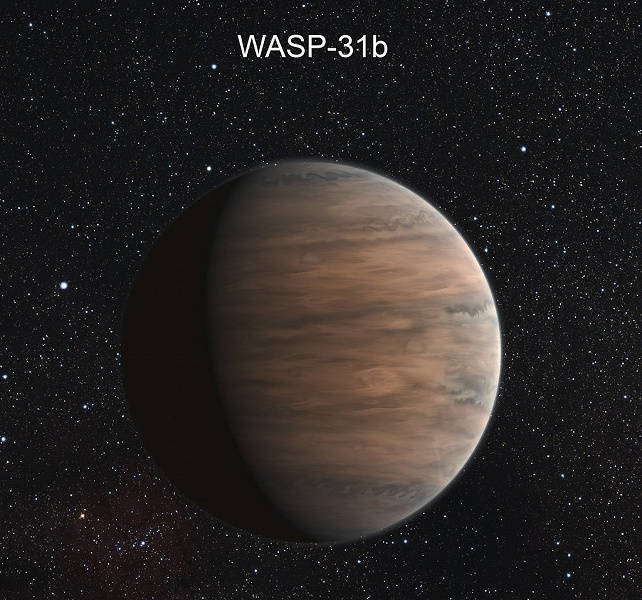Chromium hydride has not previously been confirmed on any exoplanet – this is the first detection of its molecule in the spectrum of an exoplanet
An international team of astronomers has made a discovery by confirming the presence of a chromium hydride (CrH) molecule in the atmosphere of exoplanet WASP-31b. This molecule, which is rare and especially sensitive to temperature, has proven to be a useful “thermometer” since its presence only shows up in a narrow temperature range of 1200 to 2000 degrees Kelvin.

Astronomers discover ‘thermometer molecule’ on exoplanet WASP-31b
Astronomer Laura Flagg, along with a research team at Cornell University, made the discovery based on spectroscopic analysis data. This opens up the possibility of observing chromium hydride as a “thermometer” to determine the temperature and other characteristics of exoplanets.
Laura Flagg used this and other metal hydrides to determine the temperature of cool stars and brown dwarfs. She believes that, theoretically, chromium hydride could provide information about some of Jupiter’s moons, which are comparable in temperature to brown dwarfs, if these molecules are present in the atmospheres of exoplanets. Previous studies have hinted that this is the case.
The discovery of chromium hydride on exoplanet WASP-31b opens a new chapter in the study of the atmospheres of hot gas giants. Astronomers hope that studying the distribution of this and other molecules in the atmospheres of exoplanets will provide a more complete understanding of their nature and characteristics. Further research using spectroscopic analysis and pattern matching will help more accurately determine the temperature and properties of exoplanets.




